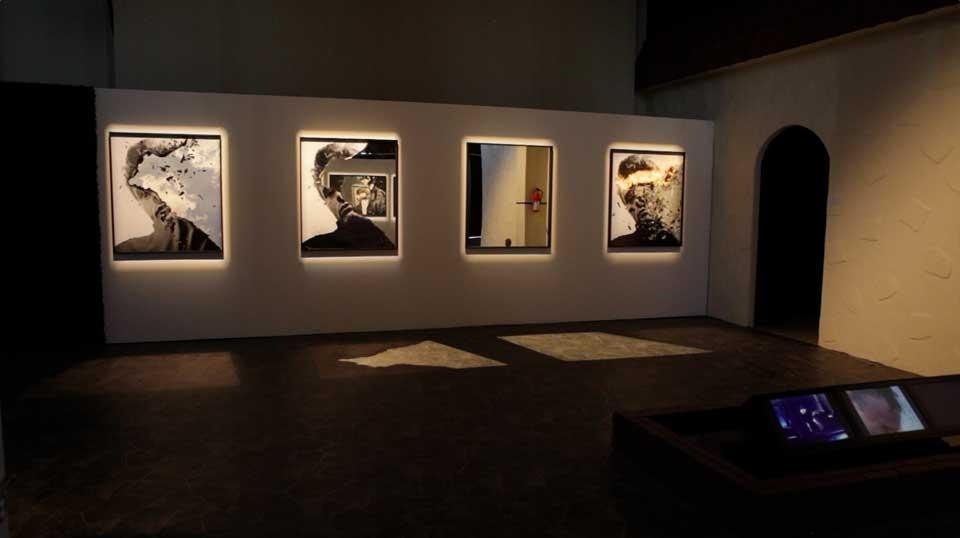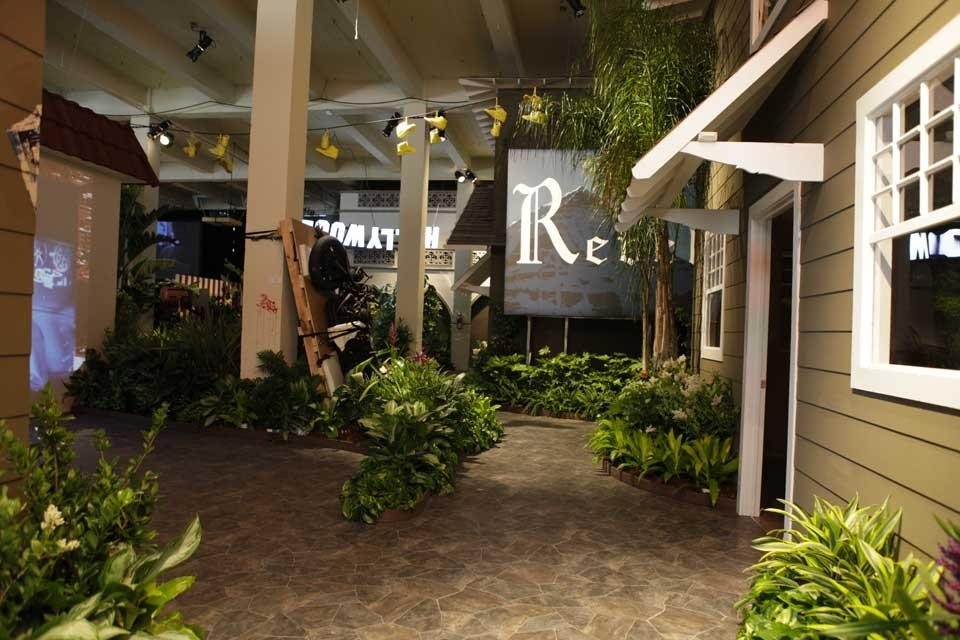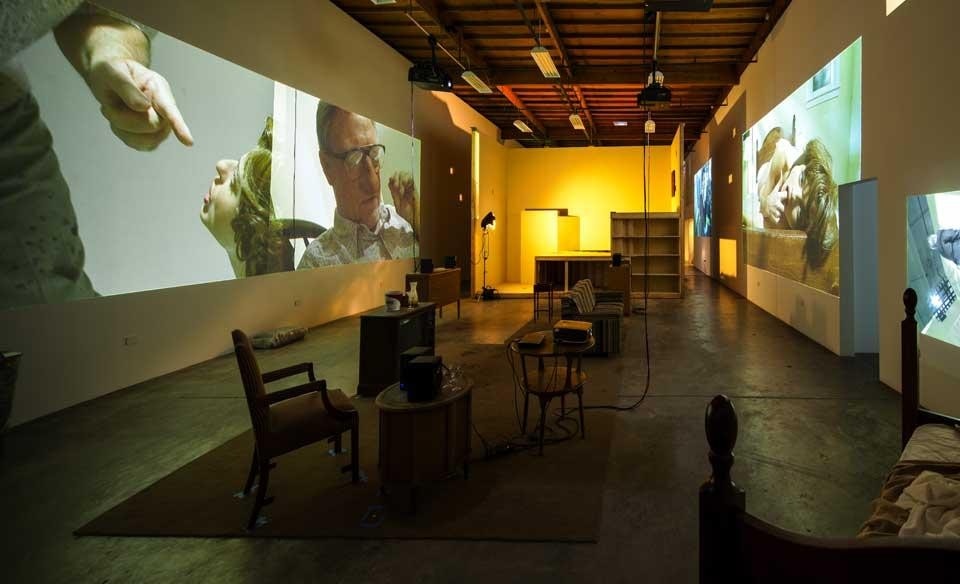JF Chen is hosting Rebel, a Museum of Contemporary Art (MOCA) exhibition conceived by James Franco and featuring an art-world power-house roster of participants: Douglas Gordon, Harmony Korine, Damon McCarthy, Paul McCarthy, Terry Richardson, Ed Ruscha, Aaron Young, and Franco himself. Additionally, until 7 July, The Box Gallery in downtown L.A., hosts Rebel Dabble Babble, an elaborate Paul and Damon McCarthy piece, which is an independent exhibition, with conceptual ties to Rebel. The broad concept quilting all of these artists and projects together is Nicholas Ray's 1955 film, Rebel Without a Cause, which, though it needs no introduction, continues to serve as a jam jar of sorts, preserving the real and imagined likenesses of bored, wayward, middle-class suburban youth in 1950s America. In the pantry, the jar might be labeled, "breaking point." That's one way of putting it, anyway. Rebel offers several others, deconstructing the movie and the rumors surrounding it limb for limb.
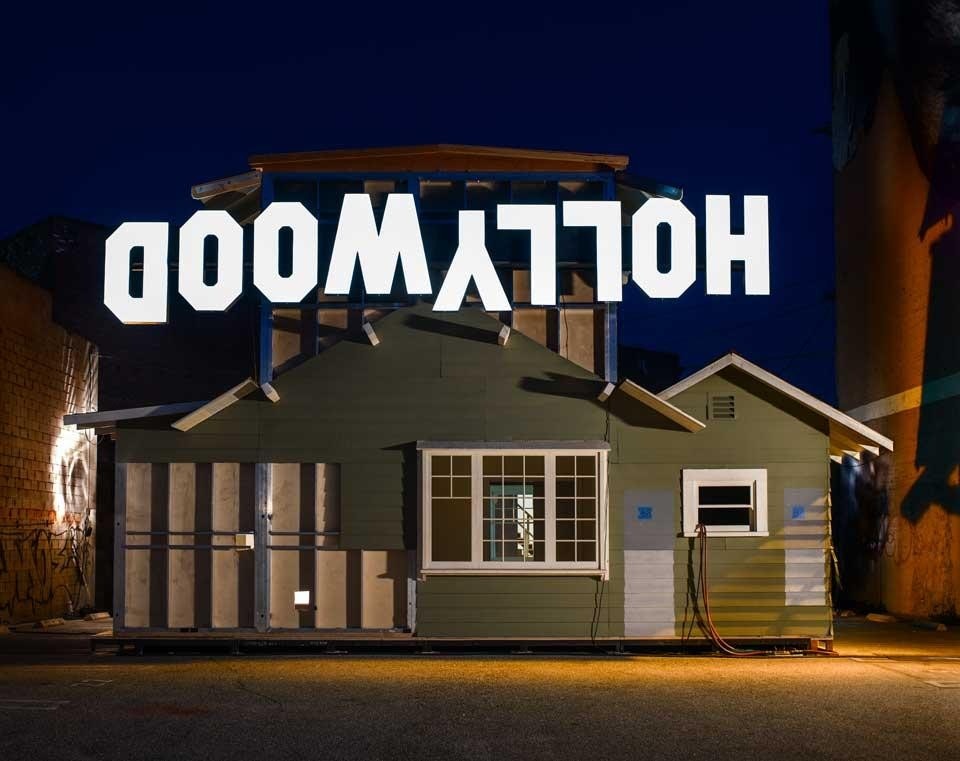
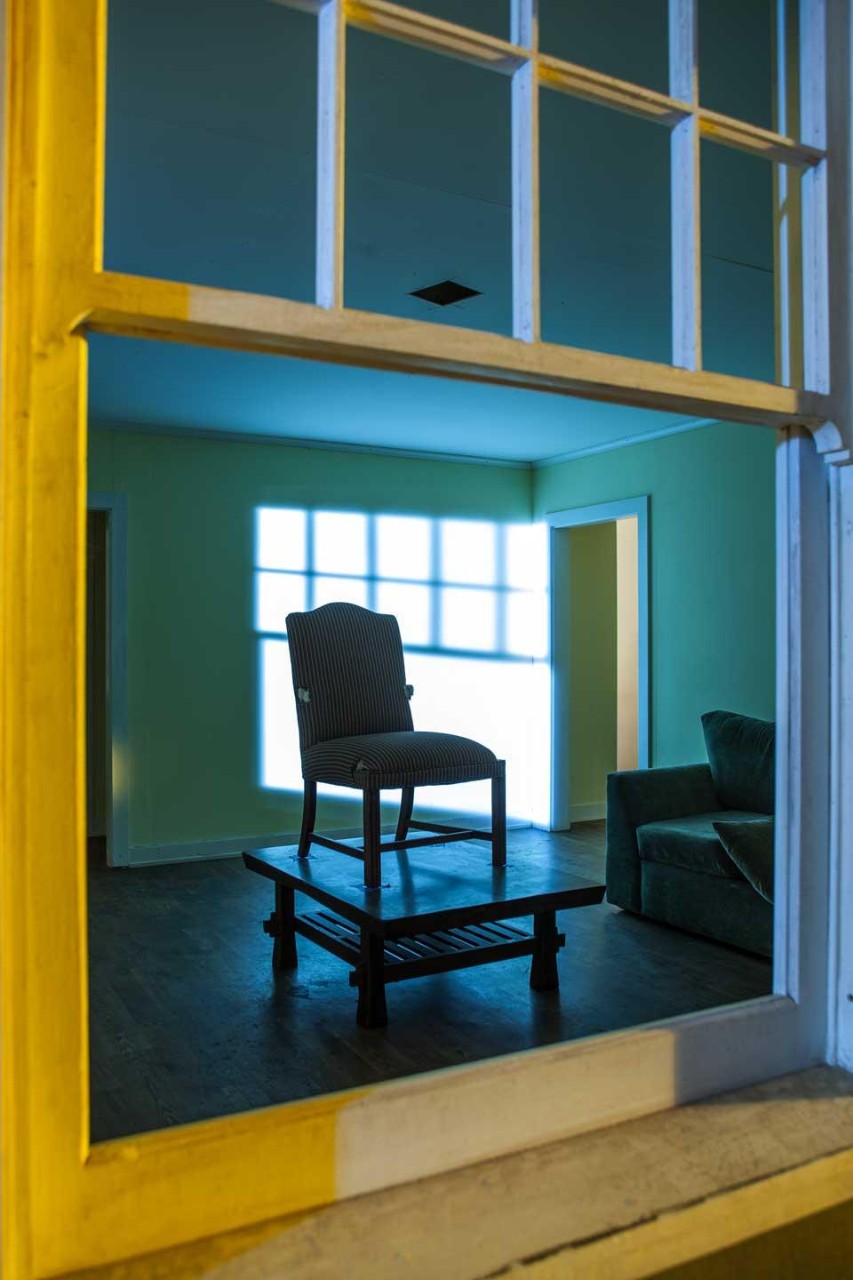
In Rebel, Hollywood, more than a place, is a character, a delusion, and, most importantly, a discrepancy. Like an actor playing a role: it is what it isn't
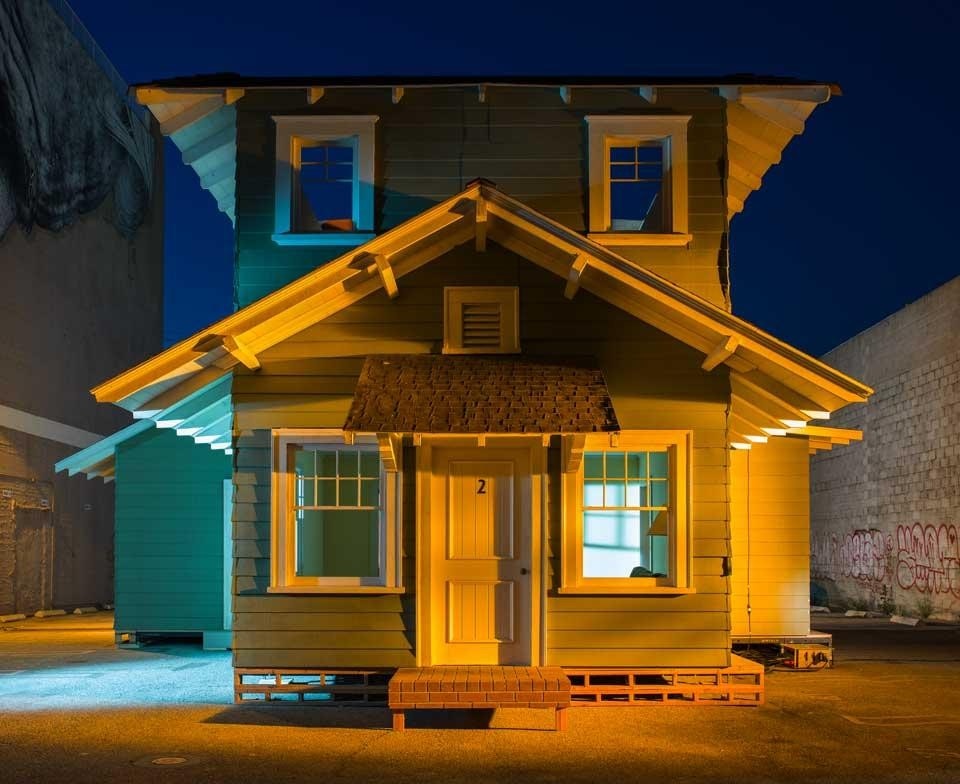
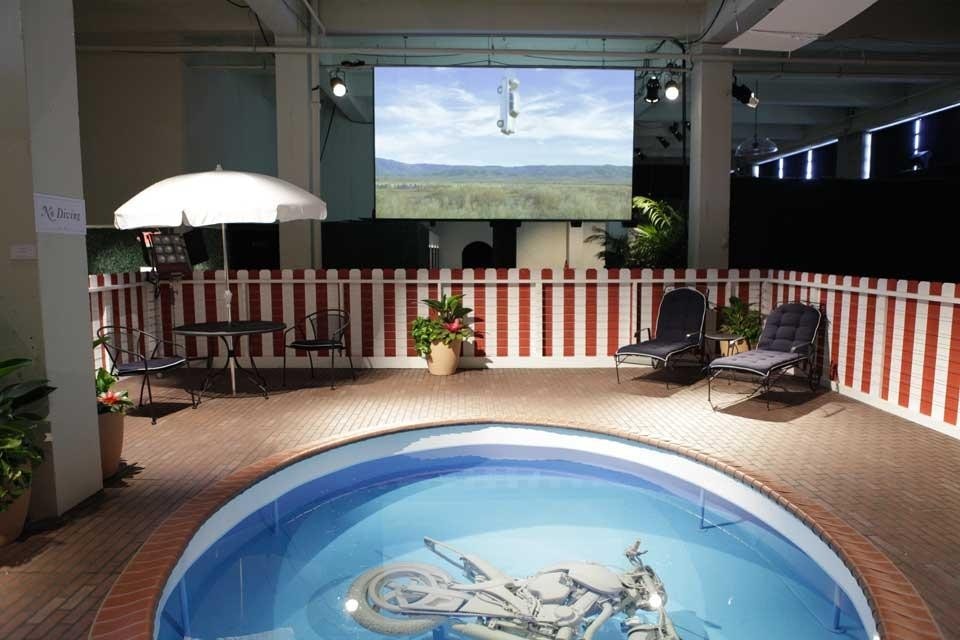
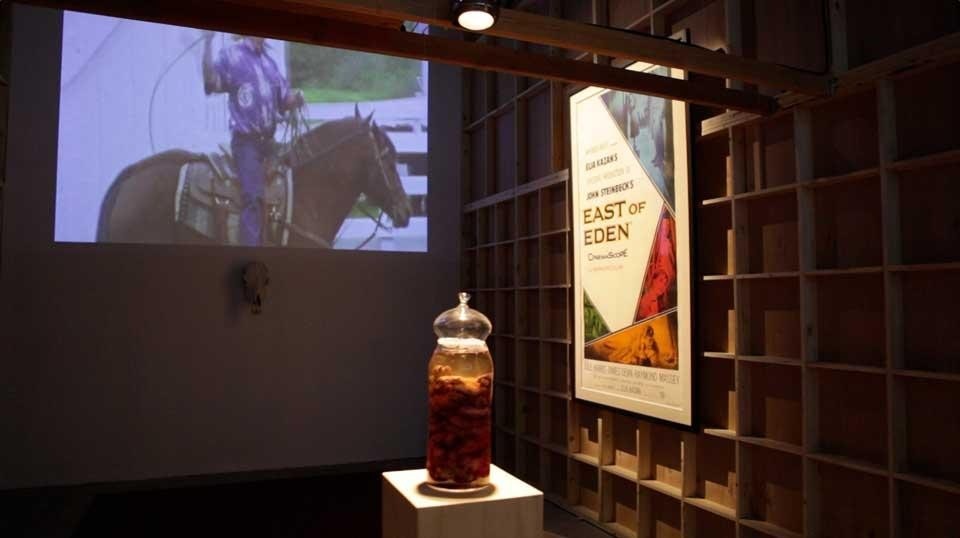
Rebel
JF Chen
941 North Highland Avenue, Los Angeles
Through 7 July 2012
Rebel Dabble Babble
The Box Gallery
805 Traction Avenue, Los Angeles
